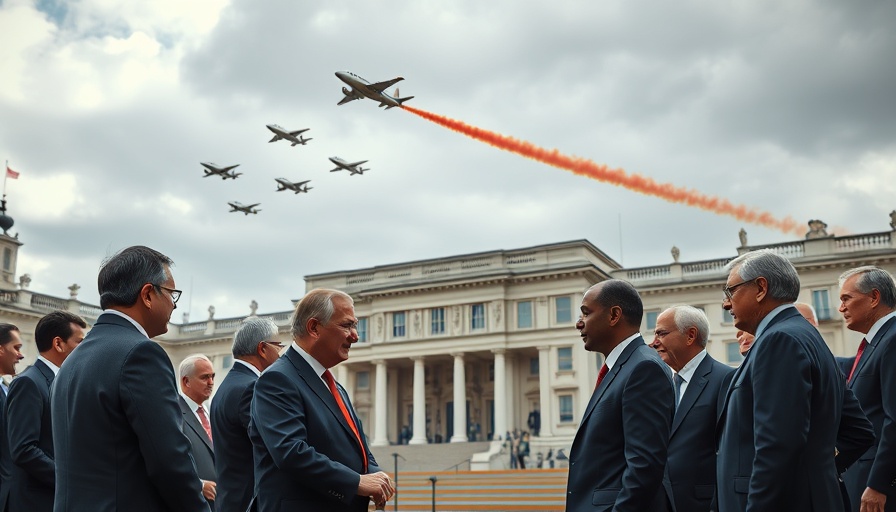
Unprecedented Violations: The Actionable Significance of Drone Technology
The discovery of Polish and Lithuanian SIM cards in downed Russian drones is not just an isolated incident but a significant indicator of an evolving and precarious landscape concerning drone technology and military espionage. With Russia increasingly using drones equipped with 4G modems for intelligence transmission, the implications of these findings are alarming. The Polish government has labeled recent incursions into its airspace as ‘unprecedented violations,’ raising concerns about the sovereignty and security of neighboring countries.
Understanding the Tech Behind the Threat: Drones and Communication
These drones rely on mobile networks to transmit data back to operators. The utilization of Polish and Lithuanian SIM cards highlights not only a tactical choice but also an operational understanding that lies behind the decision-making of Russian air strikes and reconnaissance missions. The 4G modems facilitate real-time data sharing, ranging from visuals captured by onboard cameras to crucial intelligence regarding air defense systems. Such capabilities enable effective reconnaissance and tactical adjustments on the fly, raising the stakes for the nations involved.
Historical Context: A Pattern of Aggression
This isn't the first time Poland has faced aerial threats from Russia. The steady increase in drone flights into Polish airspace, culminating in incidents where drones have crashed and exploded on the ground, reflects a troubling escalation. An informative report from earlier this summer revealed that these drone operations were likely part of a broader intimidation campaign against NATO members. Understanding this context is crucial for comprehending the urgency behind Poland's response to the recent findings.
Counterarguments: Are These Findings Overstated?
While the implications of these findings are serious, some analysts argue that the situation might be overstated. They argue that the use of foreign SIM cards may not indicate a full-scale military threat but rather operational convenience. However, this perspective overlooks the nuanced risks posed by emerging drone technologies and intelligence-gathering methodologies used in conflicts today.
Future Predictions: The Evolving Role of Drones in Warfare
The implications of these recent drone activities suggest that we may only be at the tip of the iceberg when it comes to recognizing their role in modern conflict. As technology advances, nations will increasingly employ drones not only for surveillance but also to conduct strikes, making it essential for defense systems to adapt rapidly. Monitoring mobile networks used by enemy UAVs could become a new frontier in military strategy and counterintelligence.
Call to Awareness: What This Means for You
As an individual or professional interested in technology, understanding the intersection of drone operations and national security issues provides a unique lens into how advancements in technology can impact global stability. The implications of military use of these technologies extend beyond national borders and affect us all.
 Add Row
Add Row  Add
Add 




Write A Comment